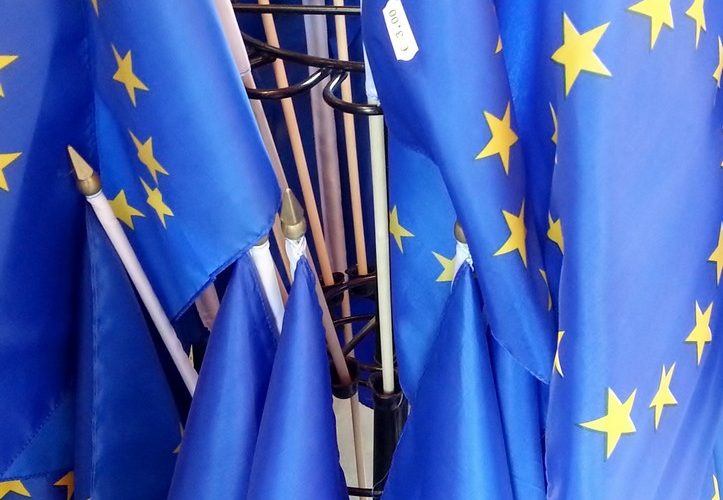- The VAT compliance gap refers to the difference between expected VAT revenues and the amount actually collected.
- The VAT gap is used to measure the effectiveness of VAT compliance and enforcement in each EU Member State.
- The EU’s VAT in the Digital Age proposal aims to reduce the VAT gap through new e-invoicing and digital reporting rules.
- The overall EU VAT Gap decreased from €99 billion in 2020 to €61 billion in 2021.
- Italy and Poland had the highest reductions in VAT gap from 2020 to 2021.
- The countries with the smallest VAT compliance gaps include the Netherlands, Finland, Spain, and Estonia.
- The highest VAT compliance gaps in 2021 were in Romania, Malta, Greece, and Lithuania.
- Italy, France, and Romania had the largest VAT gaps in 2021.
- The decrease in the compliance gap over the past four years is attributed to factors such as COVID support measures, decline in bankruptcies, changes in consumption patterns, and growth of cashless payments.
- Data availability has declined, affecting the analysis of the VAT gap.
Source: vertexinc.com
Note that this post was (partially) written with the help of AI. It is always useful to review the original source material, and where needed to obtain (local) advice from a specialist.















